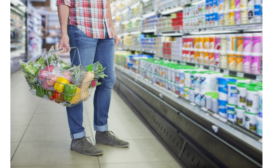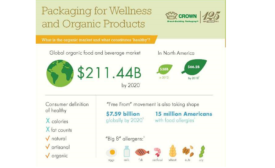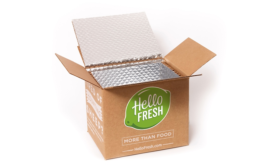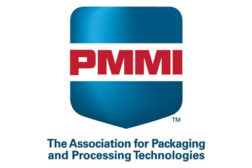Home » consumer packaging trends
Articles Tagged with ''consumer packaging trends''
Cover Story
Packaging Outlook 2018: Consumer Trends Affect Packaging
This report is an excerpt from the 2018 Packaging Outlook Report, featured in Packaging Strategies NEWS.
March 1, 2018
Sustainable packaging
Winning customer loyalty through sustainable packaging
September 8, 2017
Sealing the deal with health-conscious consumers
Advances in packaging support growing demand for organic and gluten-free foods.
August 2, 2017
Materials Technology: Package Development
Packaging on the go
Designing an easy-to-use product for on-the-move consumers.
July 14, 2017
Moving forward: 2014 opportunities and challenges
As the world becomes smaller, new technologies drive compliance and growth.
May 29, 2014













